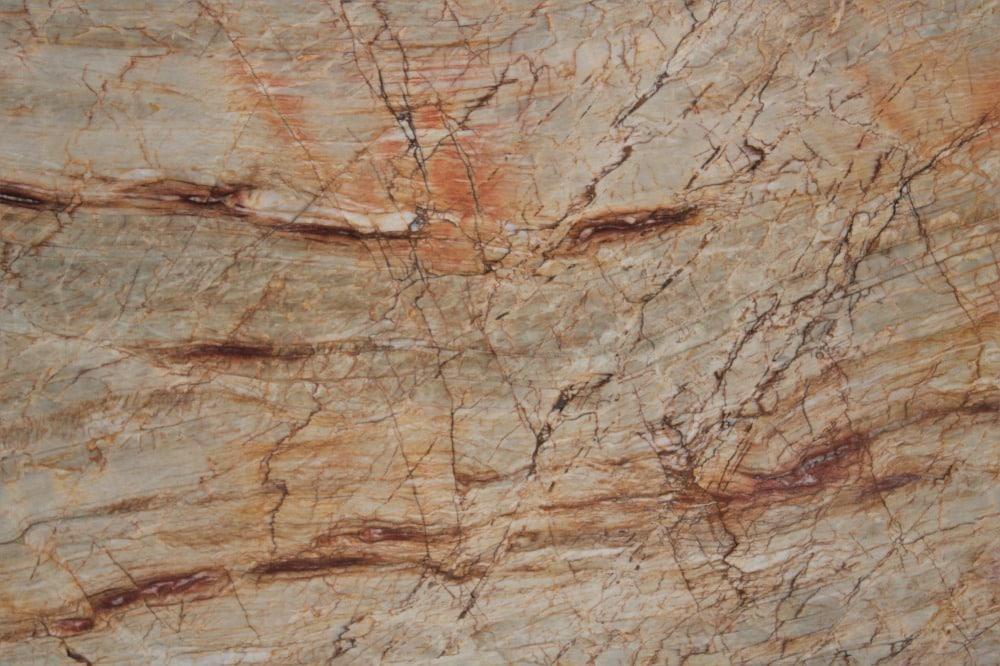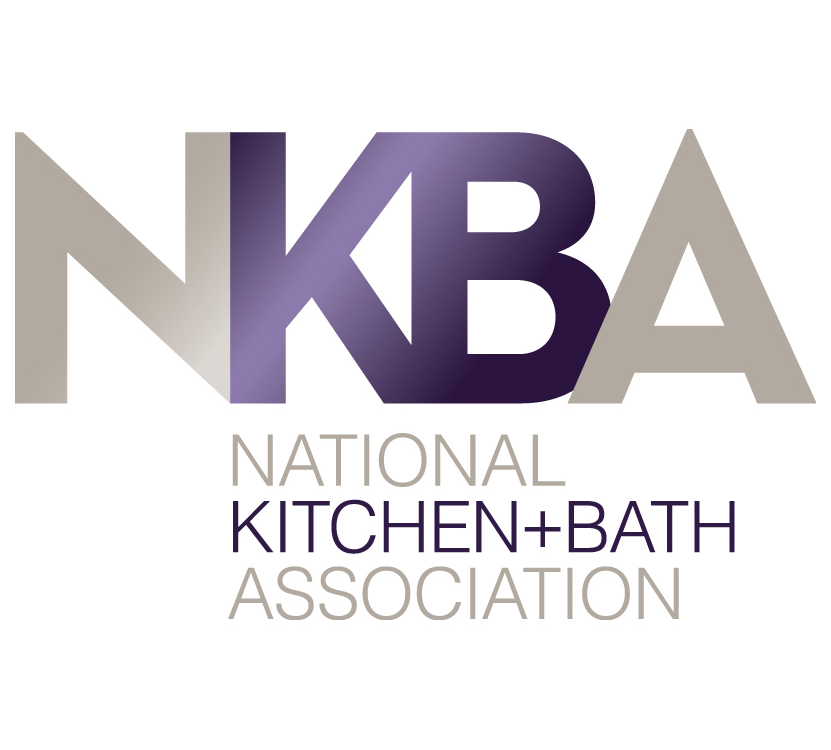
Green natural stone surfaces can be especially unique and eye-catching––perhaps because green is a less common color when it comes to natural stone. In this post, the experts at Cosmos SurfacesTM explore green natural stones, their origins and their properties.
Types of Green Natural Stone
Whether you’re on the hunt for a stone that’s specifically green in color, or a stone with certain properties––but you would love a green variant––green natural stone can be found in serpentine, as well as in variants of soapstone, quartzite, marble and granite. Let’s take a closer look at each:
Serpentine
Geologically known as serpentinite, serpentine refers to a family of stones that are formed in a similar way, but can contain different minerals. Due to these variations, the hardness, color and patterns found in serpentine can vary. Serpentine is a metamorphic stone, which means it formed from a different type of stone after a change in conditions, like extreme heat and/or pressure below the earth’s surface.
Serpentine forms from iron-rich magma found deep beneath the ocean floor, with its source in the Earth’s mantle. This magma contains olivine, a bright green mineral (perhaps better known to those born in August as peridot). As this iron-rich stone makes contact and mixes with hot seawater, it gives rise to the formation of new types of minerals. This process occurs deep within the Earth’s crust and leads to the variation of minerals––and therefore the properties––found in serpentine.
The stone typically lands between 3 and 6 on the Mohs hardness scale, which means it’s harder than marble, but softer than granite. Serpentine comes in bright green or deep, forest green varieties. Depending on the minerals present in the stone, brown, red and white accents might also make an appearance, creating patterns in the stone that range from dramatically mottled to gentle swirls.
Green Granite
If you’re in search of a stone lauded for its hardness and durability, green granite is an excellent option. While green variants of granite are less common than, say, the typical grey, ivory, brown or black, the presence of certain minerals can create gorgeous green hues and dramatic patterns.
Emerald Pearl is a gorgeous, dark green granite variant, owing its coloration to green feldspar, while Cosmos Green, sourced from India, contains flurries of royal gold and emerald over expanses of charcoal grey and white. Another popular green granite is New Costa Esemralda.
Granite is highly durable and heat-, crack- and scratch-resistant. This makes it a great option for a variety of applications including countertops, mantelpieces, floor tiles and backsplash.
Soapstone
Soapstone is known for its “soapy” feel, and it comes from the mineral talc––the softest mineral on Earth (measuring a 1 on the Mohs hardness scale). The amount of talc in soapstone varies, which means the overall hardness of the stone will vary as well. Commercial soapstone slabs intended for practical use contain less talc, with the remaining composition including harder minerals like chlorite, magnesite and amphibole. Like serpentine, this broad variation in potential mineral components and their percentages makes soapstone more of a family of stones.
Despite being relatively soft, soapstone has many benefits––acids, liquids and extreme temperatures won’t harm the stone. While the daily wear and tear of the kitchen will show, scratches can be sanded and buffed out, or treated with a coat of oil. Soapstone is a great option in areas where it won’t be exposed to the level of wear and tear typical of a kitchen, like in a bar or bathroom.
One of the most interesting properties of soapstone is its ability to absorb and re-radiate heat. This makes it an excellent choice for use with fireplaces, mantels or wood stoves, especially in colder climates. These stones tend to be green, grey or black with white veining like you see in our Soapstone Jade. Soapstone has an easygoing, soft aesthetic to it.
Other Green Stones
Quartzite, sandstone and slate all have green varieties of their own as seen in Botticelli and Rain Forest Green. Bringing this peaceful, soothing color into your home is simply a matter of finding the right color and stone combination to suit your needs.
Work with Cosmos!
If you have questions about green natural stone, please reach out to Cosmos SurfacesTM today! We offer a wide selection of natural stone and our team of experts is always ready to help.
Color of the Month: Fired Brick
This month’s featured trending color is Pantone 19-1337, Fired Brick! The Pantone Color Trend Report says, “Strong and sturdy, Fired Brick adds gravitas.”

The dry browns and subtle oranges of Nacarado brings a desert scene to mind. Mellow and warm, the Brazilian quartzite of Nacarado is perfect for bathrooms, fireplaces, and exterior countertops. Available in several types of finish, Nacarado looks and feels great among brown and golds. Quartzite is resistant to scratching, staining, and fading, and the beauty is unmatched.












